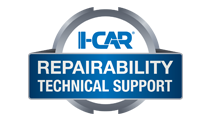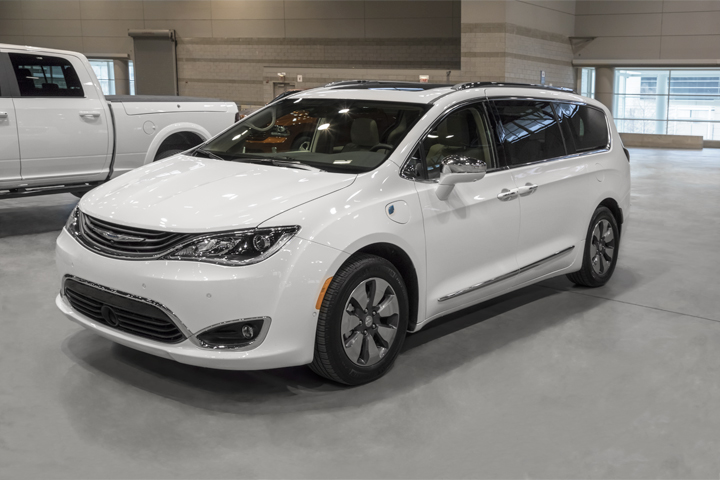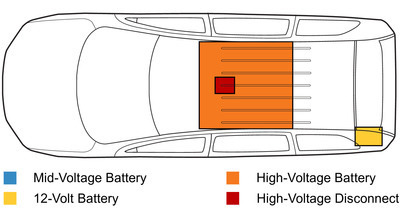
OEM Hybrid And Electric Vehicle Disable Search
2020 Chrysler Pacifica Hybrid

Click the links below for OEM repair information. (Note: additional purchase is required for a subscription to each OEM's repair information website.)
| Yes | No | Not Identified | |
| Scan Tool Required | X | ||
| HV DVOM Required | X |
Accessing Disable Procedure
To find the FCA/Stellantis High-Voltage Disable Procedures:
- Go to stellantisiop.com
- Enter username and password
- Click Login
- Click Select Brand
- Click Launch (popup box)
- Enter vehicle
- option 1: Enter VIN (top of webpage)
- option 2: Select Year, Model, and Engine from dropdowns (top of webpage)
- option 3: Click vehicle emblems to Select Brand, Select Model, and Select Year & Engine (middle of webpage)
- Click Collision Info (PHEV) (left side of webpage)
- Click 31 - Collision Information
- Click Standard Procedures - PHEV
- Click High-Voltage Power Down

Hybrid And Electric Vehicle Welding Best Practices
When welding on a hybrid vehicle or electric vehicle, follow the same precautions as when welding on a conventional vehicle. In addition, there are precautions to take with the high-voltage battery. As a best practice, disconnect both the 12 V battery and the high-voltage battery service disconnect. (Note: Always disable the high-voltage battery following the vehicle makers repair information and follow all safety precautions.)
"Plug-in Hybrid Electric Vehicles (PHEV) contain a High Voltage Battery (HVB) system. Before cutting or welding within 30 cm. (12 in.) of the HVB or any high voltage components or wiring the HVB or components must be removed to avoid heat damage."
Refinish Precautions
"When a paint booth bake cycle is used at the body shop, be certain the maximum temperature of the bake cycle does not exceed 74°C (165°F) and must be for no longer than a 1 hour maximum. If the paint booth temperature is more than 74°C (165°F) have the Li-ion Battery removed from the vehicle by the certified Electric Vehicle dealer and then deliver the vehicle to body shop. Failure to remove the Li-ion Battery prior to subjecting it to temperatures above 74°C (165°F) could result in Li-ion Battery damage and shorter life. It is highly recommended that a non-conductive heat shield is placed on the battery pack to protect against potential heat, structural integrity or electrical damage." (surface temperature)
| Additional Information |
